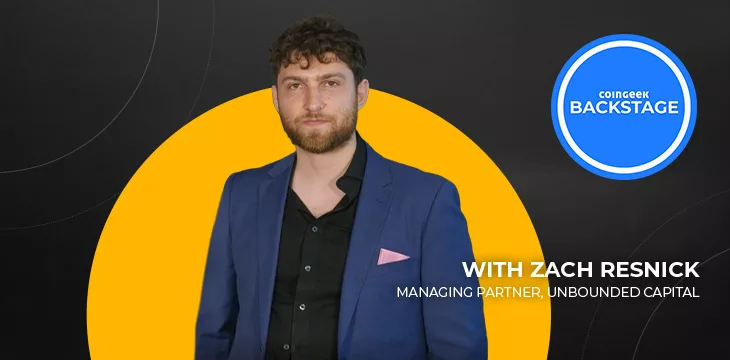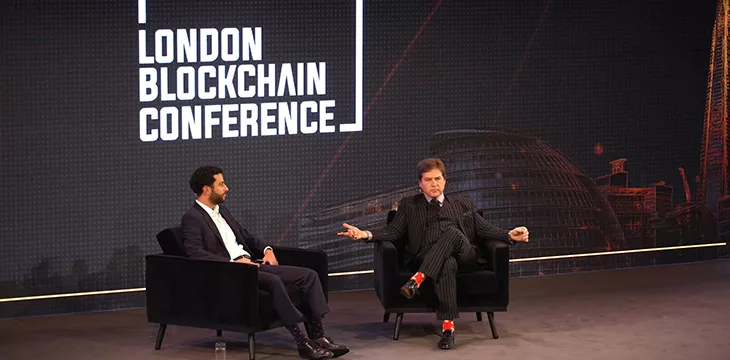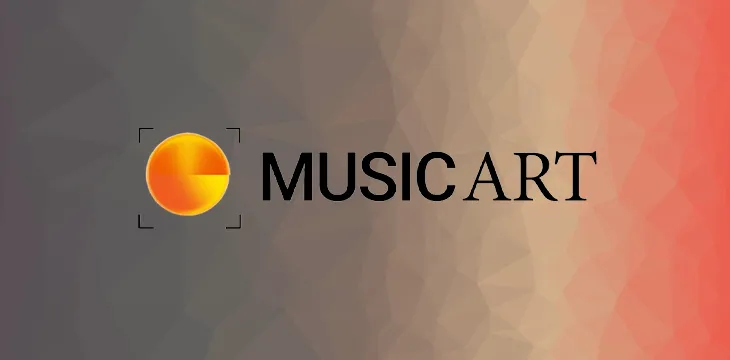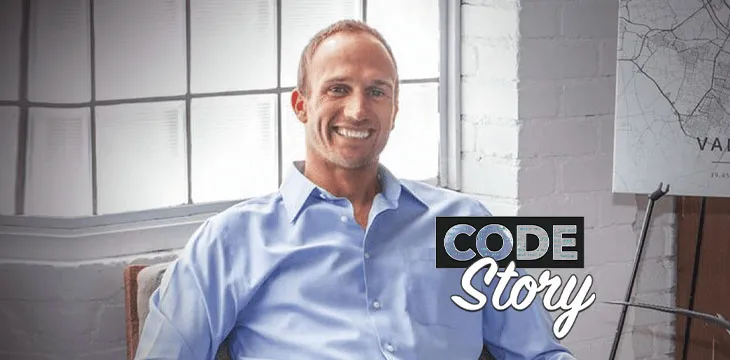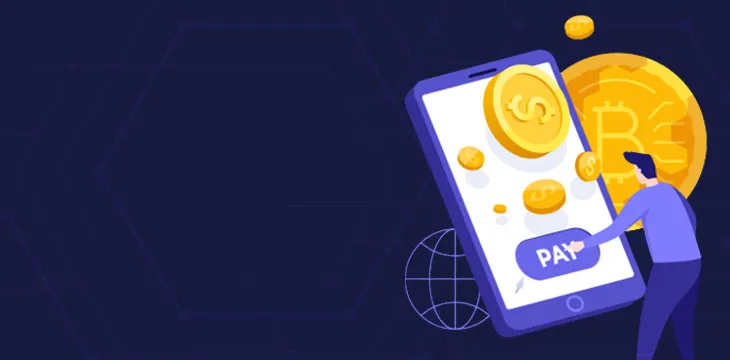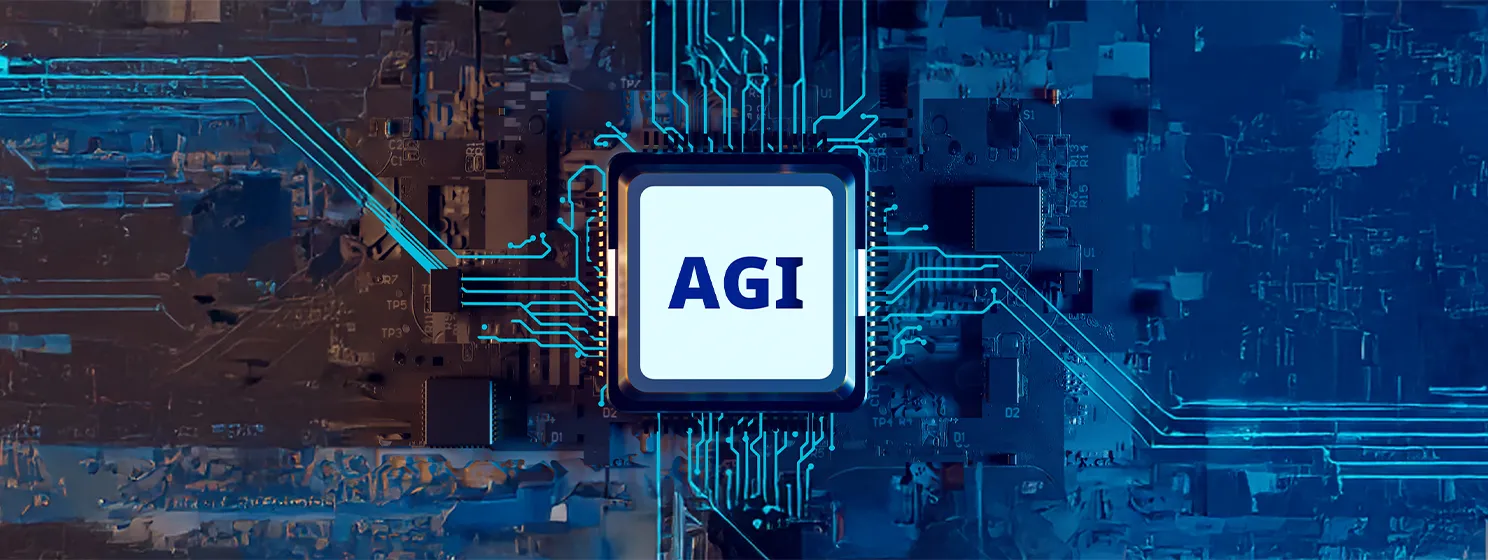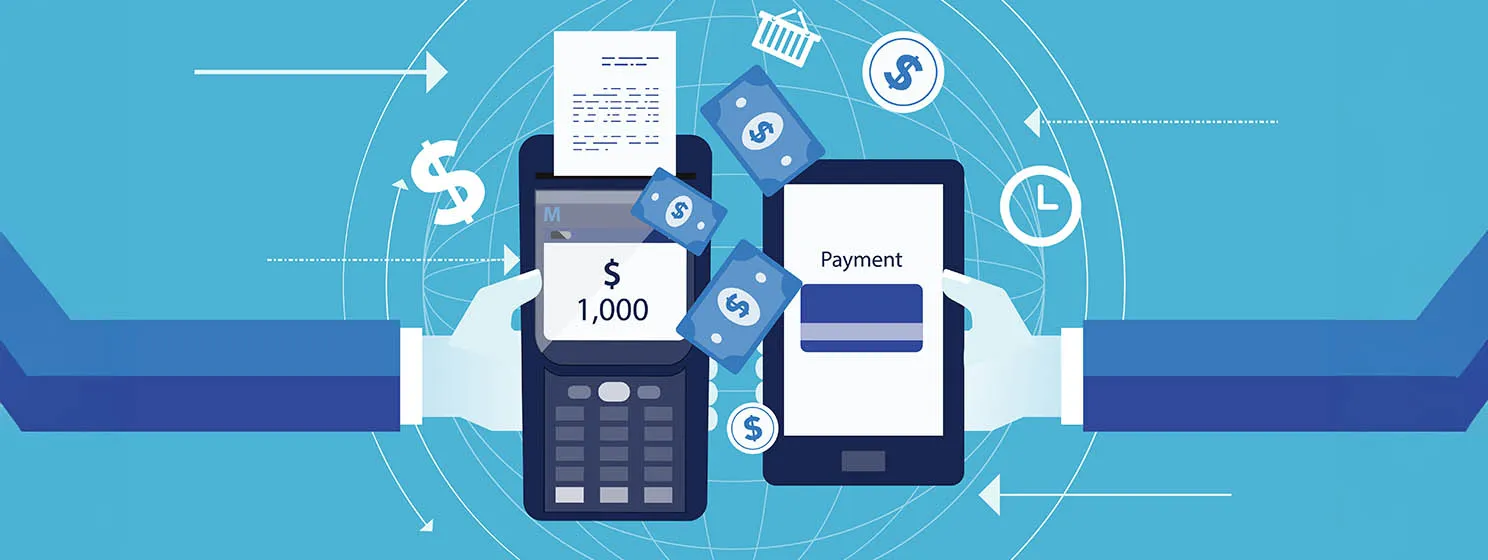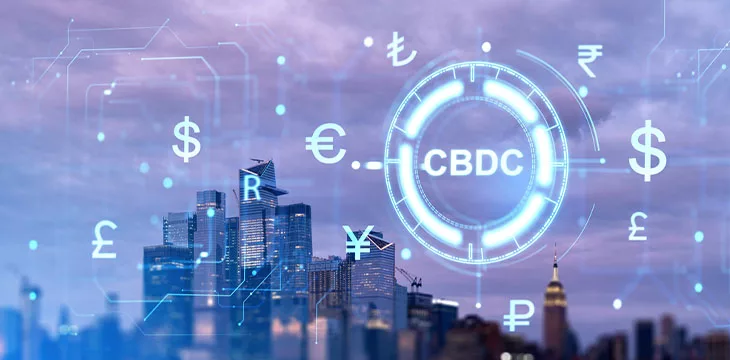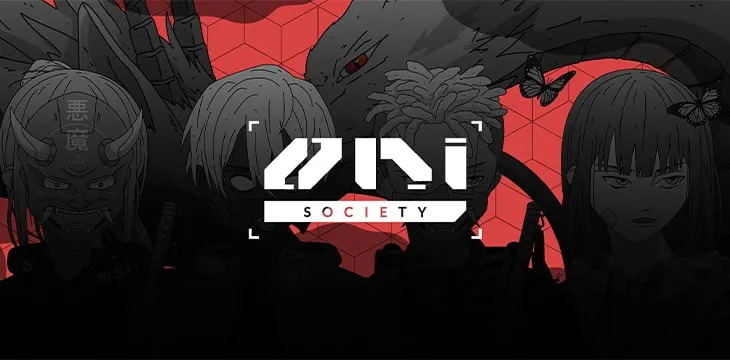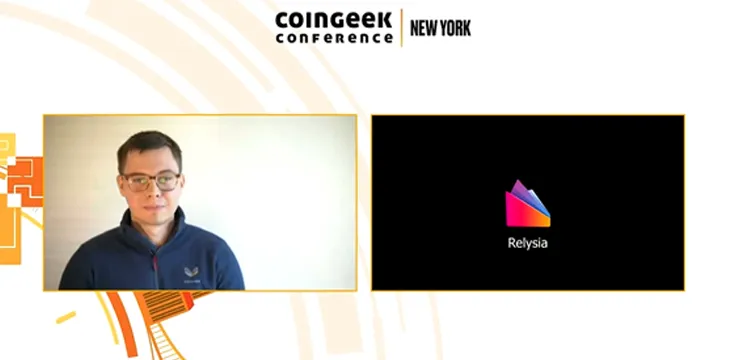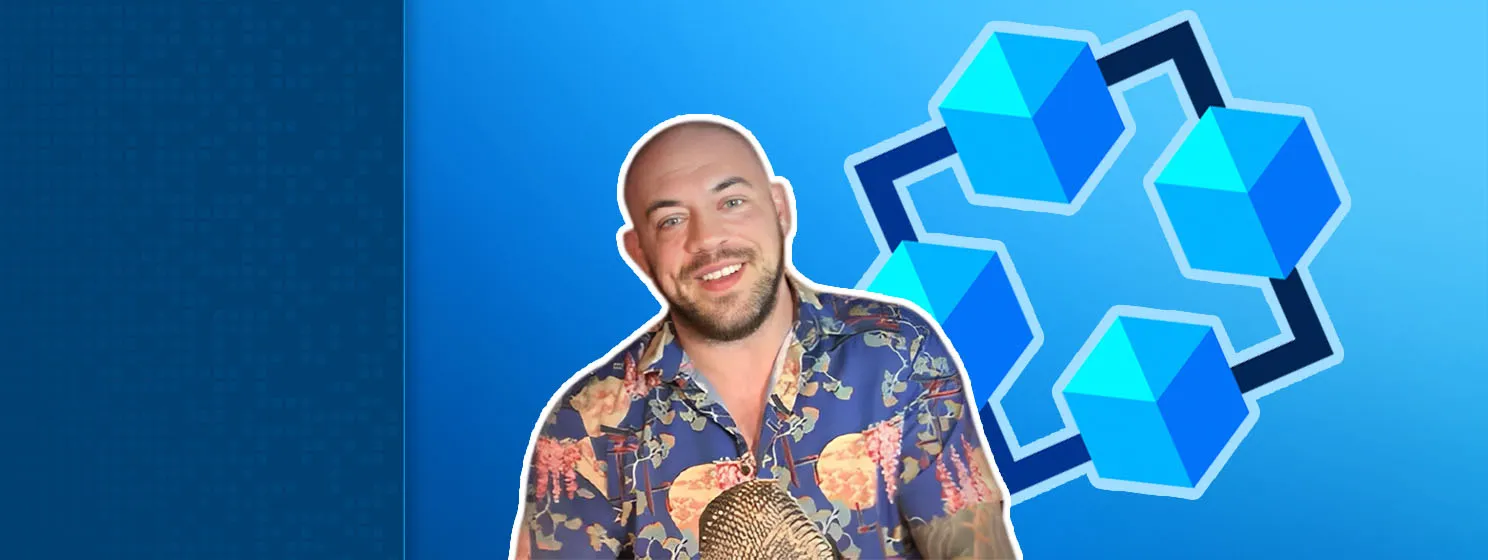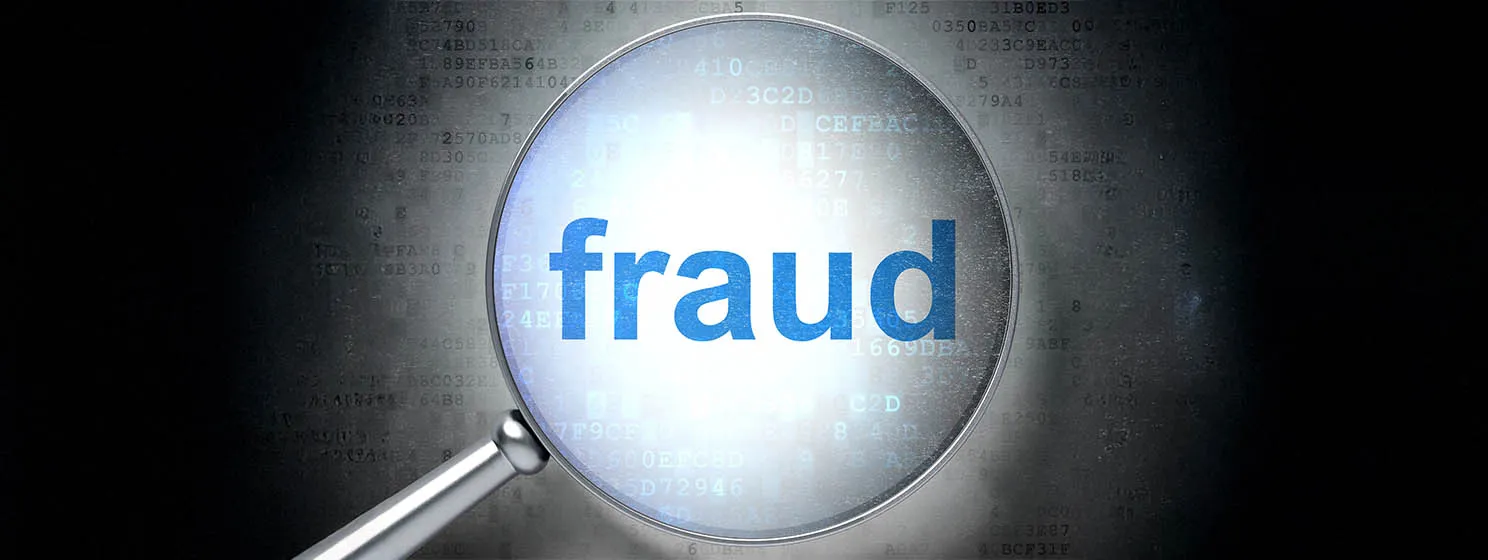
Search Results for: Micropayments
19 August, 2023
Zach Resnick talks introducing trust to AI via Bitcoin micropayments on CoinGeek Backstage
Unbounded Capital Managing Partner Zach Resnick tells CoinGeek Backstage that micropayments and authentication on a blockchain are the only ways
What can you do with micropayments? Almost anything, as explained at The Bitcoin Masterclasses
In this session, Dr. Craig Wright sheds light on the value of micropayments, on-chain atomic swaps, and digital ID services...
Bitcoin at scale is all about micropayments: London Blockchain Conference 2023 AMA with Dr. Craig Wright
In this informative session, Dr. Craig Wright imparts his vision for Bitcoin, the role of law, and how he strives...
MusicArt’s Peter Ruppert, Dirk Brockhausen: Micropayments is essential and BSV makes it a cost-effective, efficient solution for our needs
In this interview, founders Ruppert and Brockhausen talk about what sets MusicArt apart from other platforms, such as Spotify, and...
Haste’s Joe De Pinto talks to the Code Story podcast about BSV, micropayments and more
Joe De Pinto shares in the Code Story podcast how Haste was born merely out of fun, the importance of...
Micropayments and Nanopayments: The Future of Tiny Payments Through Bitcoin
Tiny payments are changing the expenses landscape. Micropayments and nanopayments are not entirely new concepts and practices. But with the
Recent
Trending
Most Views

 07-05-2025
07-05-2025 
